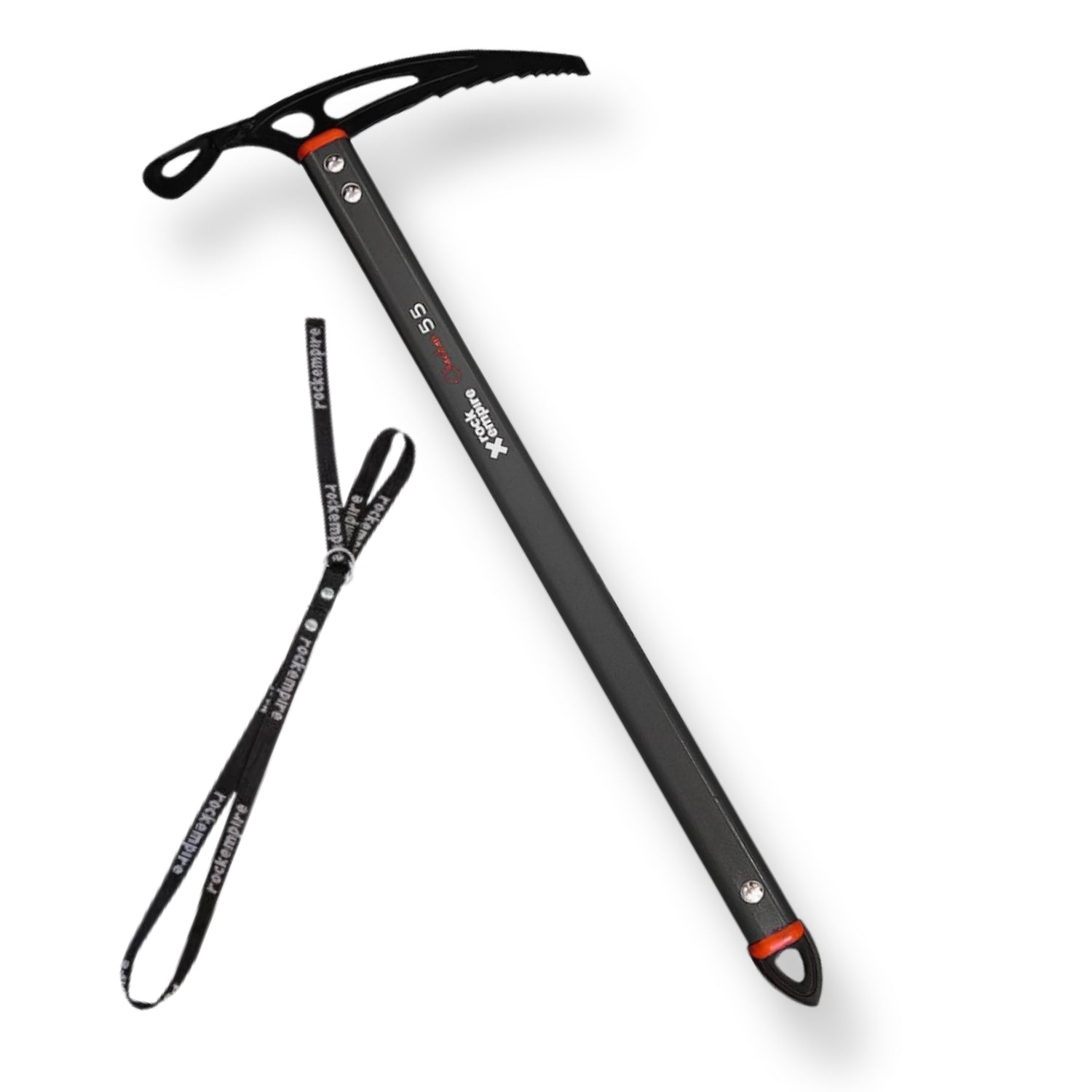By Dave Westlake
There are a number of key elements for success when undertaking the mammoth task of guidebook writing. Broadly speaking, there needs to be inspiring photography, useful maps, clear and logical organisation, and most of all the book needs to be easy to use. The old adage, “never judge a book by it’s cover” is usually sound advice, but when the book is a climbing guide the cover has an important part to play in both representing both the book and the area it documents.
The team behind the latest edition of the Climbers’ Club guide to Lundy clearly acknowledge the importance of an inspiring cover shot and it is the glorious image of Neil Dickson on The Cullinan that makes an excellent first impression. A few pages in and the captivating imagery continues, with shots of standout crags the Devil’s Slide and The Diamond keeping the adrenaline flowing.
Superb photography is something that has set recent guidebooks apart and the action shots in the CC guide to Lundy are some of the most inspiring I have seen. Even more important than the action shots, the topos and maps need to be perfect, and this is where a lot of the old CC and FRCC guides have fallen short. Endless text descriptions that are difficult to follow have made route finding (and even crag finding) a real pain. Being told the route follows ‘the obvious crack next to the big groove into an obvious corner’ has left me frustrated many times! A venue like Lundy, with its complex hidden zawns and long and involved approaches requires some exacting descriptions with full photo topos and detailed maps. Thankfully Lundy (2008) fits all these criteria very well. Features to identify your exact location are clearly described and I cannot think how this aspect of the guide could be improved upon.
The-Magic-Quay-Pilots-Quay-Lundy-GuidebookLundy even comes with a folded Harveys Map to further aid navigation, and I found this very useful when deciding if we were above the right crag before committing to long abseils.
However, while Lundy (2008) excels in all the categories that make a good guidebook, the aspects I like most about it are those that make it unique. Lundy is a place like no other and the atmosphere of the island really comes through in the pages of the guide.
The introduction is excellent and gives a good feel for the place while also conveying all the information you might need for planning a trip. The usual educative sections on the fauna and geology of the venue are particularly interesting but the main appeal, and the difference between this and previous guides, is the way it deals with the history. This is set out at the back of the book as a detailed chronology interspersed with some fascinating commentary. Rather than being a somewhat dry segment on the daring deeds of past generations, this format really brings the islands climbing history to life. It is no surprise that this section has been lovingly researched by one of the island’s recent activists, Neil Dickson, who has done a superb job.
Other nice touches to look out for are the pale blue text boxes which give some additional background to the landmarks and the islands heritage and the pale red text boxes warning of rock falls, tidal considerations and other important points.
All things considered, Lundy (2008) is a great improvement to the previous edition and an excellent attempt to guide visitors around a venue which is inherently difficult to document. Lundy (2008) is further evidence that climbing guidebooks are increasing in quality at a very fast pace. With the recent guides from publishers like Rockfax, Vertebrate and the BMC guidebook team setting the pace it’s good to see that the Climbers Club are producing books that are as good (or perhaps even better) than all of them.















